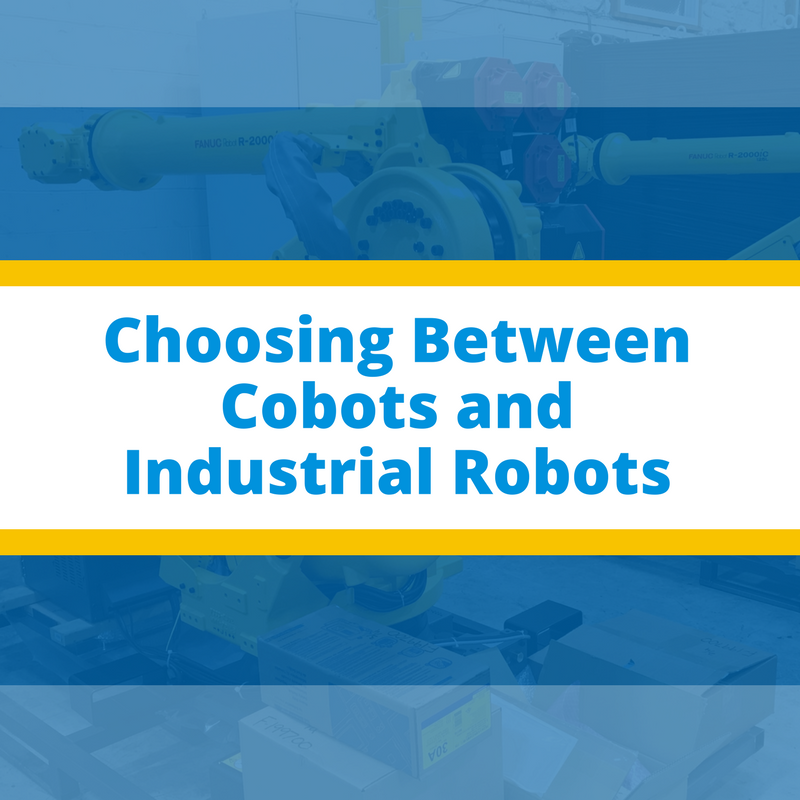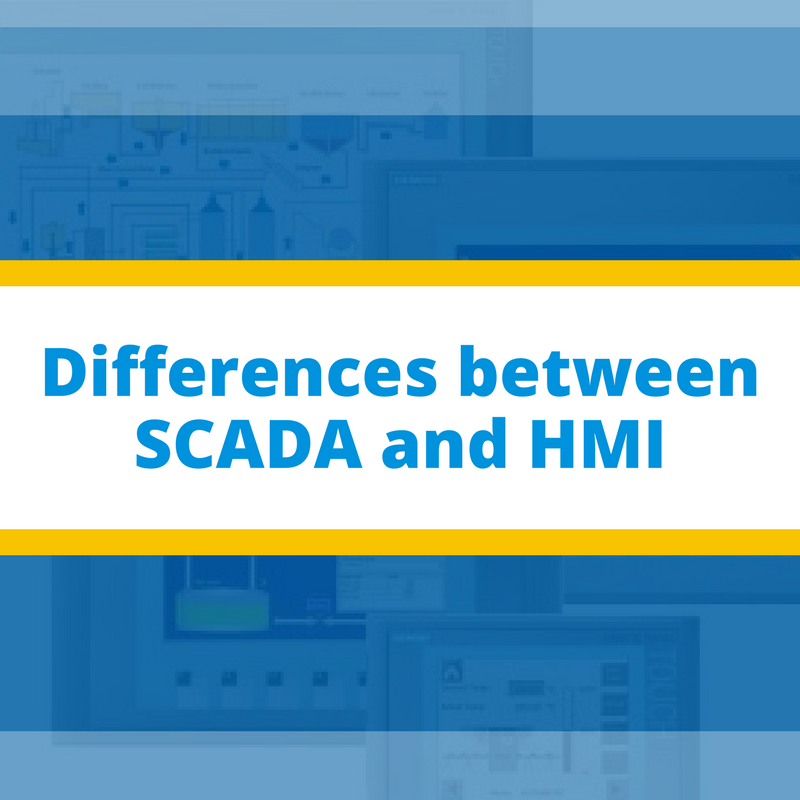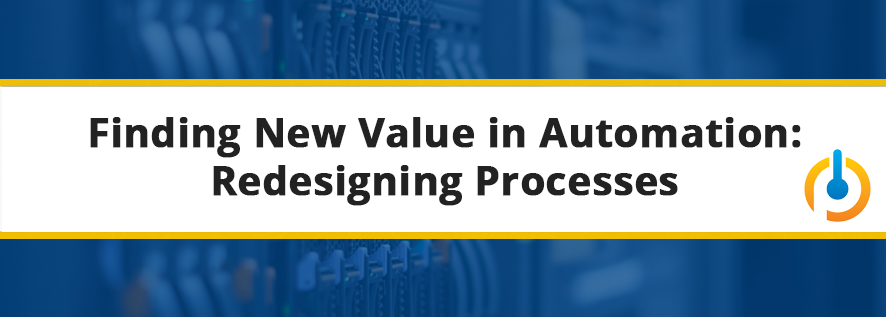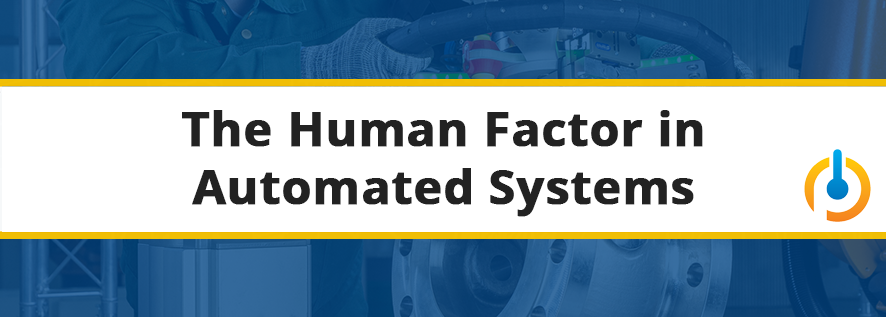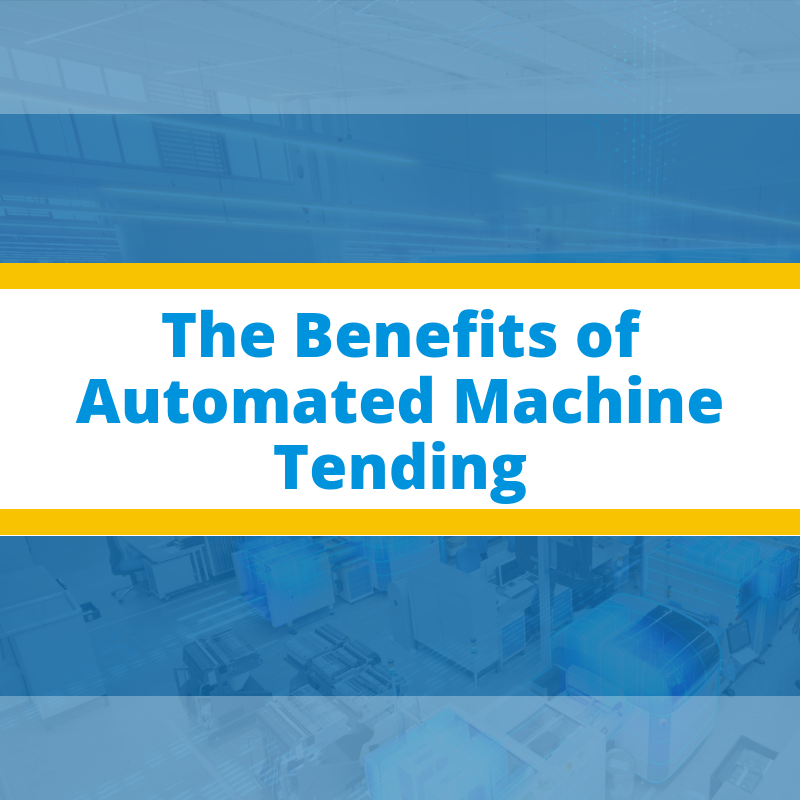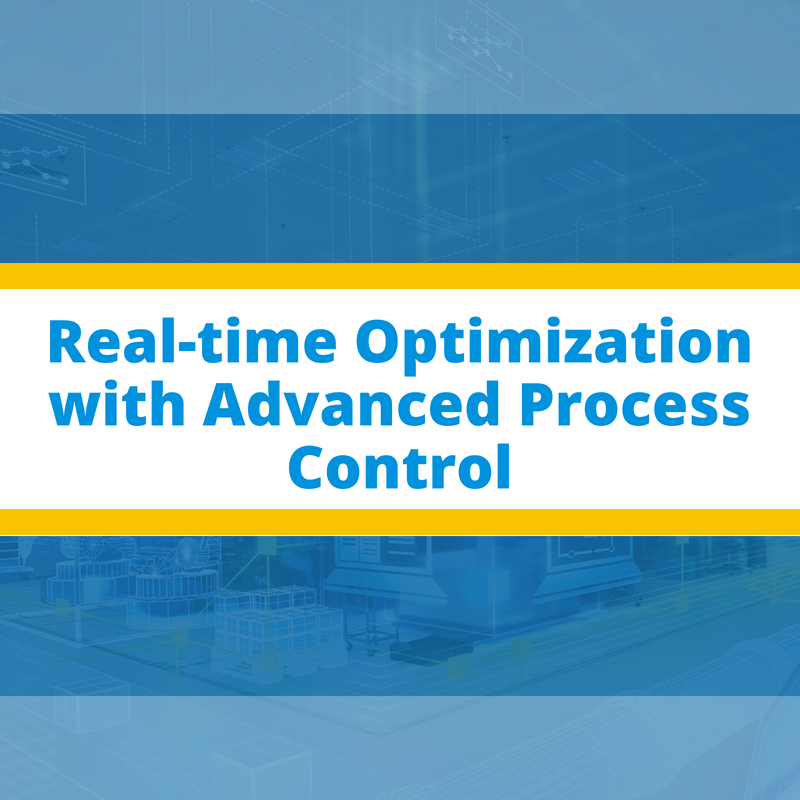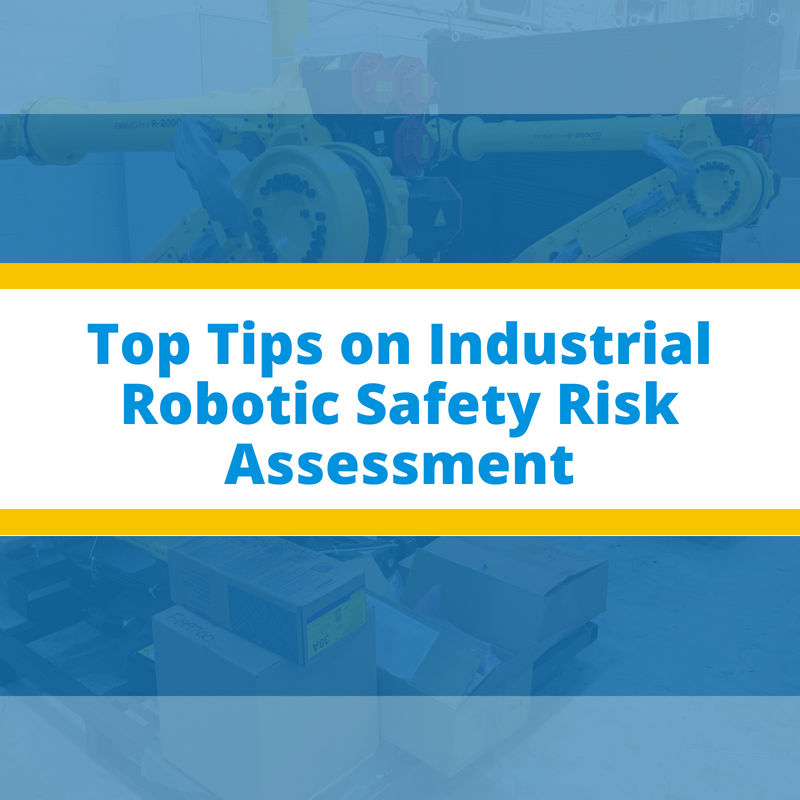In today’s world of industrial automation solutions, efficiency is one of the most heavily scrutinized aspects of automated control systems. Any part of an assembly line that is not operating at its maximum efficiency is going to end up costing more money in an energy analysis. In such an analysis, the energy usage of the components becomes the area with the most emphasis.
Maximum Efficiency in Gear Motors for Automated Control Systems
Robots have served as the backbone of the manufacturing industry for decades, replacing humans in repetitive, laborious and time-consuming tasks. Advancements in engineering introduced robots to Artificial Intelligence (AI) and soon, the idea of collaborative robots took over. The scope of having a machine understand and work with you was promising, triggering developers to vigorously work on the idea. Simultaneous advancements in technology and boom in processing capabilities, turned the entire idea into practicality.
Many beginner automation enthusiasts often fail to establish appreciable differences between Supervisory Control & Data Acquisition (SCADA) and Human Machine Interfaces (HMIs). They often confuse both these entities as being similar and working for the same end-result. While the latter may be true, as in the end achieving automation is the desired result, the two terms are quite different and have limited overlap.
Finding New Value in Automation: Redesigning Processes
Automation has been a driving force in production and manufacturing over the past few years. Automation and control engineers are becoming more and more valuable as improvements in manufacturing become more necessary to keep up with technology. Automation can bring great value to companies and improve production quality and efficiency. Companies need to evaluate how automation can improve their business and give the company a step up in competing with other manufactures.
As technology advances and better automation systems are made to perform various functions, it reduces the need for human workers in manufacturing. While this technology has been developing rapidly, there are still many flaws in the system. Some people might think that either having a fully automated shop or a staff of able workers would be the optimal choice to run their manufacturing process. Another and quite possibly a better option is to have an automated system run by workers that are intertwined.
AC Drives vs. DC Drives
The need for Electric Drives is universal, and is increasing at a resounded rate due to constant innovation in the field of industrial automation—specifically robotics. Electric Drives offer the most efficient solution to controlling the output of a motor, and therefore are widely used in almost all industries, big or small.
Variable Frequency Drives (VFDs) are required for precise control of speed, position and torque at different loads, which is not efficiently achievable through other methods such as introducing resistance. Some of the benefits of Electric Drives, AC or DC are:
- A high level of efficiency in an industrial environment
- Have a predictable behavior
- Allow the control of starting current
- Have faced great advancement in recent years and are now embedded with microprocessors and digital electronics components
The automated process that involves tending a machine such as a Computer Numeric Control (CNC) is known as Robotic Machine Tending. The process is usually highlighted by loading/unloading of raw materials into a machine and delivery of finished products out of it.
Finding System Integrators for Machinery and System Projects
The process of finding and identifying qualified system integrators for your automation requires a strong understanding of system integration and paying close attention to what you’re looking for. Your choice of system integrators will only be as good as the candidates you’ve vetted. Therefore, having a broad initial search is essential to finding the right candidate.
System Integrators can essentially be divided into three types:
- Ones that prefer building new systems, delivering them and moving onto the next project, offering limited time post-installation support.
- Ones that build systems and support them for a considerable period of time.
- Ones that specialize in troubleshooting and tailoring of existing systems.
Real-time Optimization with Advanced Process Control
Process control is designed to keep variables within specific boundaries so optimum productivity can be achieved. The primary purpose of process control is to ensure that a process runs at the desired operating conditions, whilst meeting its constraints such as those of safety, environment, and reliability. Process control strategies can be organized into a hierarchy, allowing operators to differentiate vital features from the optional ones.
The use of industrial robots has brought a number of benefits to the workplace, but it has also increased the inherent risk posed to the workers on the plant. Thus, it is the responsibility of the manufacturer to ensure a safe working environment is maintained at all times.
Safety is often viewed as an extra responsibility, something that comes with greater paperwork and overhead. The truth, however, is quite different. Having a safe working environment can actually have benefits such as assurance of regulatory compliance and increased productivity from the factory floor.




